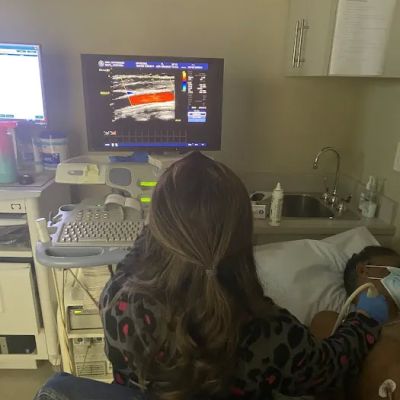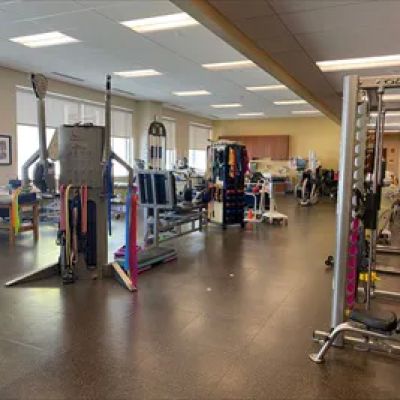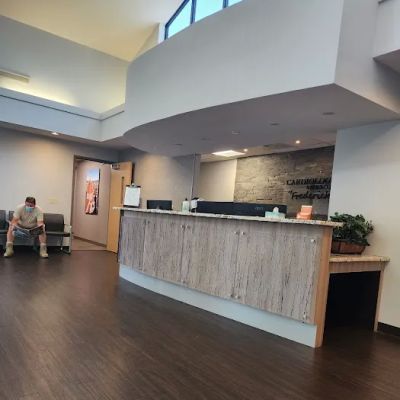Easy Ways to Monitor Your Heart Health at Home
- 1. Why You Should Monitor Your Heart Health Regularly
- 2. Tools and Devices for Home Heart Health Monitoring
- 3. How to Check Your Heart Rate at Home
- 4. Monitoring Blood Pressure at Home
- 5. Tracking Your Heart Health Over Time
- 6. Real-Life Example: Using Heart Health Monitoring Tools Effectively
- 7. Taking Action Based on Your Heart Health Data
1. Why You Should Monitor Your Heart Health Regularly
Heart health is essential for overall well-being, and being proactive in monitoring it can help prevent serious issues down the road. Regularly checking your heart health allows you to detect problems early, manage existing conditions, and live a healthier life. While regular doctor visits are important, there’s a lot you can do at home to keep track of your heart health in between appointments.
By taking control of your heart health with regular monitoring, you can avoid unnecessary anxiety, get early warnings for potential issues, and make informed decisions about your lifestyle and treatments. With modern technology, it’s now easier than ever to track vital metrics like heart rate and blood pressure at home.

2. Tools and Devices for Home Heart Health Monitoring
To effectively monitor your heart health at home, you’ll need the right tools and devices. Fortunately, there are a variety of affordable and easy-to-use products designed for everyday use. Here are some of the most popular options:
Capital Health Medical Center – Hopewell
capital health medical center hopewell
1 Capital Way, Pennington, NJ 08534, USA

2.1 Heart Rate Monitors
Heart rate monitors are one of the most common devices used to track heart health. These can range from simple wristbands that track heart rate during exercise to more advanced chest straps used by athletes. Many fitness trackers, such as Fitbit or Apple Watch, also include heart rate monitoring features that can help you keep an eye on your pulse throughout the day.
2.2 Blood Pressure Monitors
Monitoring your blood pressure at home is essential, especially for individuals who have high blood pressure or are at risk of developing it. Home blood pressure monitors are simple to use and can help you keep track of your readings regularly. Many models now feature automatic cuffs that inflate and deflate at the press of a button, providing accurate readings in the comfort of your home.
2.3 Electrocardiogram (ECG) Devices
For those who want to monitor their heart's electrical activity, portable ECG devices are a great option. These devices can help detect abnormal rhythms, such as arrhythmia, and are often used by individuals with a history of heart problems. Many modern versions can sync with your smartphone for easy tracking and sharing with your healthcare provider.
2.4 Smartphone Apps
There are a variety of apps that allow you to track and analyze your heart health from the convenience of your smartphone. Some apps pair with fitness trackers or blood pressure monitors to give you a comprehensive look at your heart health, while others provide educational resources and reminders for heart health goals.
3. How to Check Your Heart Rate at Home
Knowing how to check your heart rate at home is a basic but important skill. There are two primary methods to check your heart rate:
3.1 Manual Pulse Check
To manually check your pulse, place your index and middle fingers on your wrist, just below the base of your thumb. You can also check it on your neck, just to the side of your windpipe. Count the number of beats for 60 seconds to get your heart rate in beats per minute (bpm).
3.2 Using a Heart Rate Monitor
For a more accurate and continuous reading, using a heart rate monitor is ideal. Many modern fitness trackers or wearable devices like the Apple Watch provide real-time heart rate data. Some devices even alert you if your heart rate goes beyond a certain threshold, which is particularly helpful for individuals with heart conditions.
4. Monitoring Blood Pressure at Home
High blood pressure is a major risk factor for heart disease, making it crucial to monitor it regularly. The American Heart Association recommends that individuals with high blood pressure check their readings at home between doctor visits.
4.1 How to Use a Home Blood Pressure Monitor
Using a home blood pressure monitor is easy. Simply wrap the cuff around your upper arm, just above the elbow, and follow the instructions on the device. Most modern monitors will automatically inflate and provide a reading within a minute. Be sure to take your reading at the same time each day to get the most consistent results.
4.2 Understanding Your Readings
Your blood pressure reading will consist of two numbers: systolic (the top number) and diastolic (the bottom number). A normal reading is typically less than 120/80 mmHg. If your reading is consistently higher than this, it may be a sign that you need to consult your doctor for further advice.
5. Tracking Your Heart Health Over Time
Monitoring your heart health at home is not just about taking individual readings—it’s about tracking your progress over time. Consistent tracking can help you identify patterns, detect potential issues early, and manage any ongoing heart conditions more effectively.
Many heart health devices come with apps or software that allow you to store your readings and track changes over time. By reviewing this data, you can notice trends that may indicate the need for medical intervention, such as a gradual increase in blood pressure or heart rate.
6. Real-Life Example: Using Heart Health Monitoring Tools Effectively
Take the case of Mark, a 45-year-old man who was diagnosed with high blood pressure. Rather than waiting for his annual check-up, he started using a home blood pressure monitor to track his readings daily. Over the course of several weeks, he noticed that his blood pressure was creeping higher than normal, so he contacted his doctor. As a result, Mark was able to adjust his medication before the condition worsened, demonstrating the importance of monitoring your heart health at home.
7. Taking Action Based on Your Heart Health Data
Once you’ve been monitoring your heart health for a while, it’s important to take action based on the data you’ve collected. If you notice any irregularities in your heart rate, blood pressure, or overall health, don’t hesitate to reach out to your healthcare provider. Regular monitoring can be an excellent tool for managing existing conditions and preventing future heart issues.
For anyone looking to monitor their heart health effectively, investing in reliable heart health monitoring devices is a smart step. Whether you’re using a simple heart rate monitor, a blood pressure cuff, or more advanced ECG technology, staying on top of your heart health at home can lead to better long-term outcomes. Visit Rescue & Towing for more information on finding heart health monitoring products and services near you.





















Deborah Heart and Lung Center
deborah heart and lung center
200 Trenton Rd, Browns Mills, NJ 08015, USA